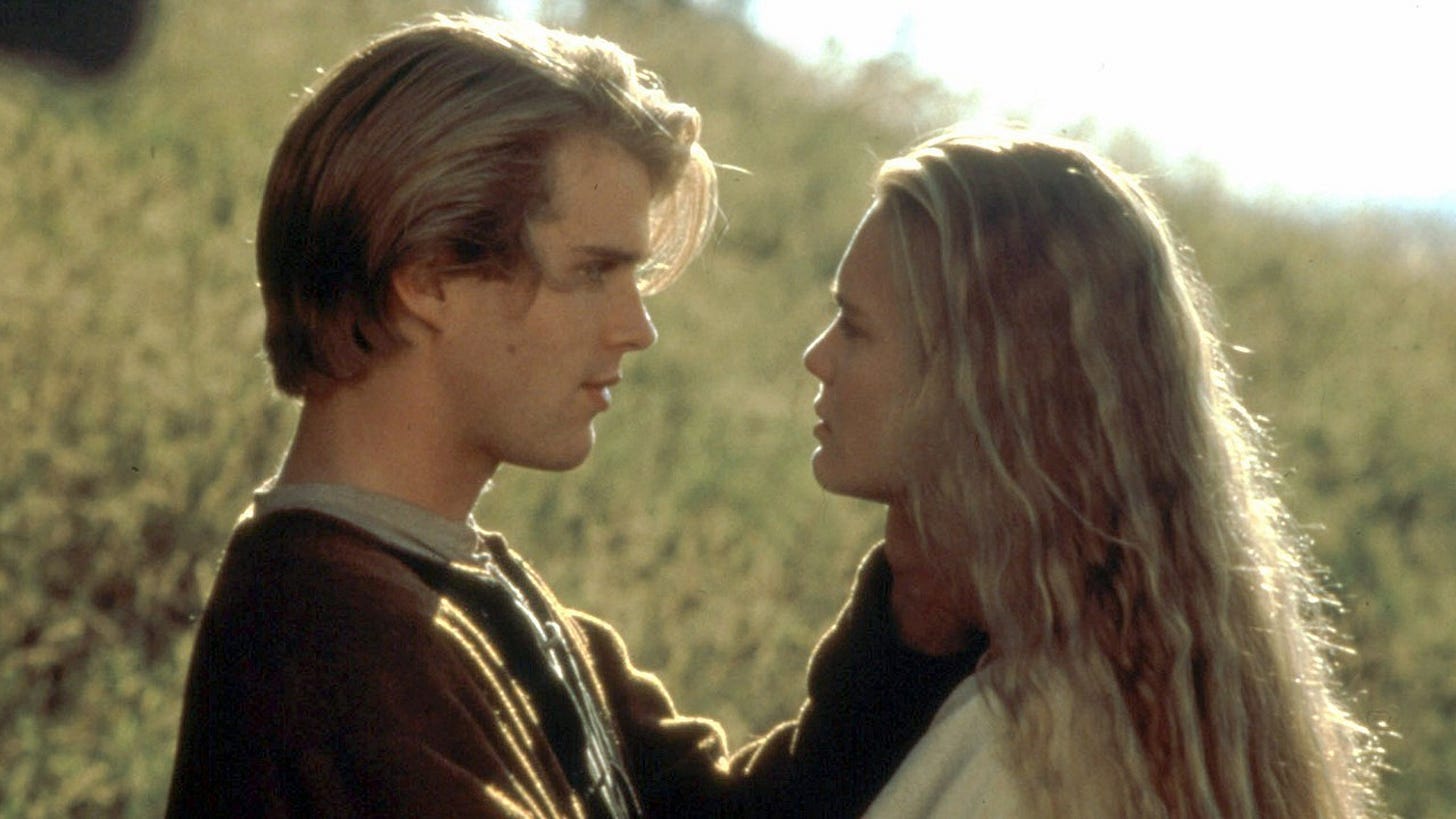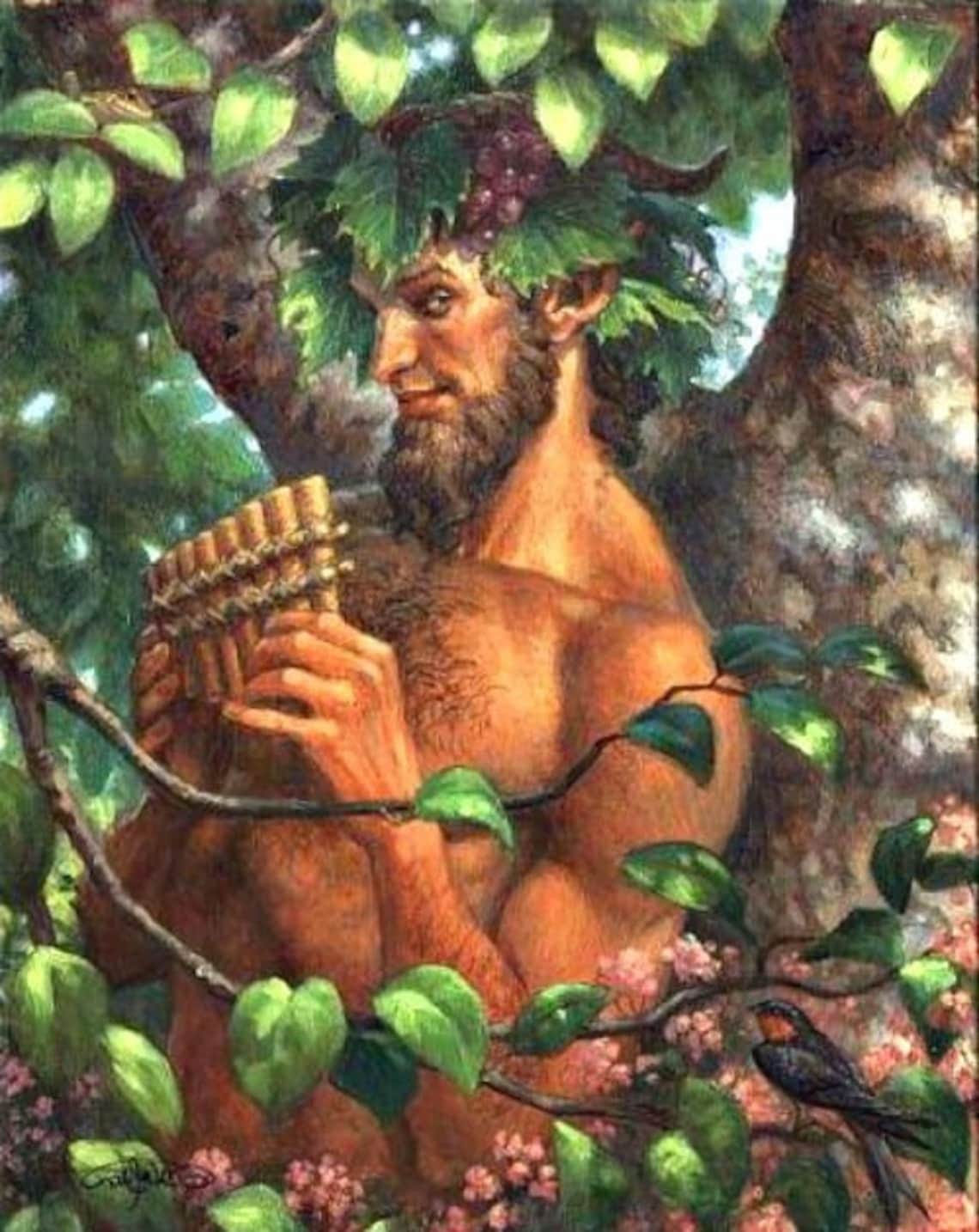I was never drawn to the stereotypical “fairy tales” many girls my age enjoyed when I was a kid. In fact, I would actively make fun of them. I couldn’t relate to Bella’s passivity or lack of assertiveness in Twilight. I never felt like Cinderella waiting for her Prince Charming to come. Yet, I was told that is what every girl should want…to be “chosen.”
This pattern of feeling different and “othered” from other women continued into my teen dating years, as I developed breasts and my hips widened much faster than my female peers. The extra weight I gained during this time soon became a topic of much debate among my family members, especially my father, as I received the message that I was “too large” or “too big”. Which meant that not only was I unlike my female peers because I didn’t center men, but I was also unlike them because I couldn’t be “small”, “demure,” or what I perceived to be “feminine.”
Instead, I imagined myself to be a grotesque monster. Perhaps like Medusa or the Cailleach, which is why I have personally always resonated with these stories. While I told all my friends I didn’t watch romance movies because I thought they were silly and “anti-feminist.” (A trait I picked up from my mom, who refused to let me watch The Little Mermaid as a child because she “sold her voice for a man.”) In secret, I would watch movies like Pride and Prejudice, the iconic 10 Things I Hate About You, and The Princess Bride.
The Princess Bride
It was only now that I realized what all these Movies had in common…
They were love stories created for the women who often became the “temptress.”
What is the Temptress?
I’ve written about my experience being the “other woman” before on my Substack, but the “other woman” is just one of the variations the Temptress archetype can inhabit. At her core, the Temptress is a trickster or, perhaps, more accurately, a truth revealer, or perhaps better said, the truth teller.
Like the God Pan, who has often been associated with the Devil or the Celtic God, the “Horned One,” she has a way of revealing truth to others they do not wish to see. While Pan is often considered a lustful God, which we can imagine to be similar to the Monsters, Werewolves, Vampires, or “Big Bad Wolves” written in little girls’ children's books (or smutty adult romance novels.) His archetype is meant to “tempt” the “good girl” away from the beaten path for her to integrate her own dark masculine qualities.
Image of Pan
For example:
The Beast in Beauty and the Beast, helps Beauty become more assertive, owning her “animal” nature. Thus, in the original French version of the myth, she is able to stand up to her sisters, finally owning her authority and not falling into the passive “good girl” role.
This same archetype is true of Red Riding Hood, who is able to own her own dark masculine authority by defeating the Wolf and saving her Grandmother.
Extreme examples of this pattern can be seen on a societal level with shows like You where women fall in love with literal serial killers, which is meant to serve as a satire for how women of all ages can be attracted to men who do horrible things in our society like the infamous serial killer Ted Bundy and yet still find him attractive.
Yet these stories are not for temptresses, they are for the “good girls” who need to reclaim their darker aspects, because it is through this confrontation with the dark masculine projection that they can reclaim their own Witchy aspects, the aspects I refer to as the “dark feminine” that make up the Goddess-Witch Spectrum™.
These women want the Prince Charming, but become tempted by the “bad boy.” Thus, through these fairy tales and smutty romance novels, they learn to embrace their own rebellious and “wild” characteristics, thus able to fully step into their power as women.
Yet for women, who already feel ostracized from patriarchal acceptance, dating the “bad boy” doesn’t do much for them because they have already confronted their own “dark” aspects through their perceived or felt social rejection.
For those women, they do not need a “bad boy,” werewolf, vampire, or alien monster to “awaken” them sexually, thus creating a metaphorical liberation. Instead, these women need care and compassion. They need the “light masculine” to embrace and accept their inner darkness.
Keep reading with a 7-day free trial
Subscribe to The Dark Fairy Godmother to keep reading this post and get 7 days of free access to the full post archives.





